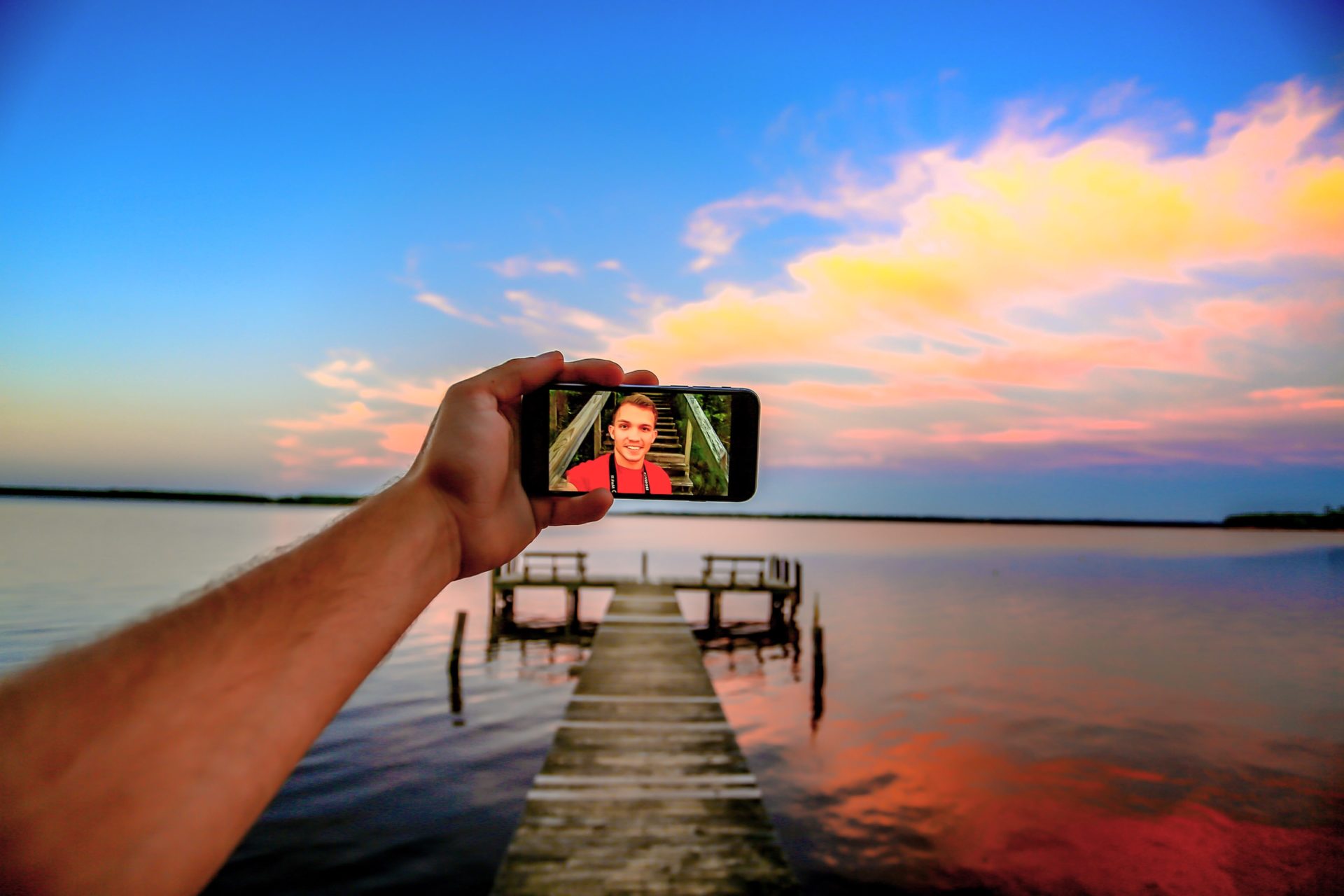What is tourism marketing?
Tourism marketing is the set of strategies and actions that can be carried out by the different businesses working in tourism with the aim of publicizing their products, services and experiences, so as to achieve maximum satisfaction of these and the goals of the companies while boosting sales among the right consumers.
The marketing performed in tourism shares the same objectives of any company. However, the idiosyncrasies of the tourism sector make marketing highly susceptible to consumer trends and require a greater volume of customer data to be able to personalize experiences and improve services based on each type of business.
Airlines, hotels of all types and sizes, online travel agencies, tour operators, DMCs, destination experience providers…. each of these companies carries out tourism marketing actions that must be adapted to the particularities of their line of business in order to reach their consumers and get to know them better, that is, get to get relevant data that will allow them to improve over time.
{{cta(‘bb2971b9-bf36-4c36-8edc-75223dba5208’)}}
But what are the key strategies that tourism marketing must rely on to get this data?
1. The identification of travelers.
The new generations of consumers are much more demanding and are much more versed in researching what is the product or service offered, and in this particular case, what is the tourist experience that best suits their preferences.
For this reason, the only effective marketing that can make a tourism company is one that focuses all its strategies and actions in some way to satisfy their consumers. That is, one that knows well how they are, what they prefer, through what channels they consume information and where these users book, these buyer personas.
1.1. Buyer persona.
Today, without buyer personas, marketing (and sales) strategies make no sense. Whatever they are, they should not only be based on satisfying the user, but more specifically, they should be based on satisfying a very specific consumer (in this case of travel and experiences), the one we know as buyer persona, an asset for the company around which relevant data should be accumulated.
And the buyer persona is not the target audience, but the representation of the real consumers of a business. They are a recreation of profiles of people with specific sociodemographic characteristics, yes, but who have specific needs and preferences that make them consume certain content in specific channels and moments of their purchase cycle, which we must also know.
1.2. Purchase cycle.
The purchase cycle of a tourism buyer persona is the process through which the travel consumer goes through. Unlike other sectors in which we would divide this cycle into three phases or moments, in the travel sector, the experience takes on great meaning and there are multiple marketing actions applicable to this moment.
For this reason, we say that the buying cycle of a buyer in tourism (excluding those DMCs that do not go to the final consumer) consists of four phases: dreaming, planning, booking and experiencing.
These moments are what will help us to implement the appropriate marketing actions that allow us to attract, convert and retain our buyer persona. Marketing actions that we can focus on in tourism:
- Before the experience: when the consumer will look for information about the destination, gastronomy, sightseeings, must-see and end up making the reservation. In this case, blogs, social networks and the website itself will be the best allies of the business.
- During the experience: when the traveler can consume information about the destination such as museum opening hours, prices of visits, markets, geolocation, transportation… while generating content, i.e., taking photos, videos or stories to share them on social networks, essential channels that will help us to capture data on their behavior and preferences.
- After the experience: although some may have already done so, this is when travelers generally give their opinion, comment and share their experiences with the world. It will be the moment when they recommend the destination, the accommodation, the services, on social networks, blogs, reputation platforms… This moment is key because the traveler becomes a promoter through the creation of content, which leads us to

